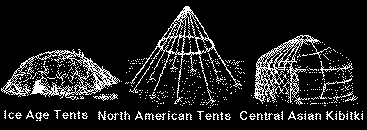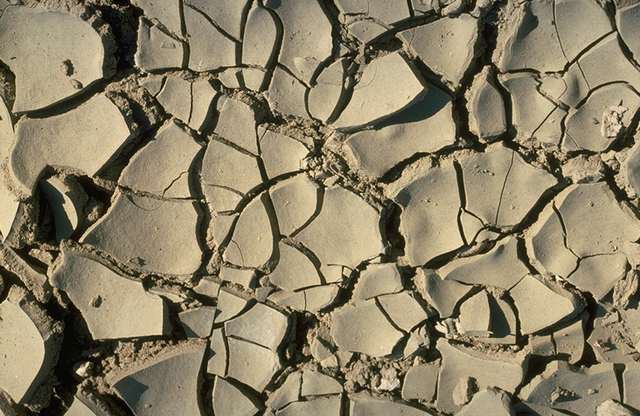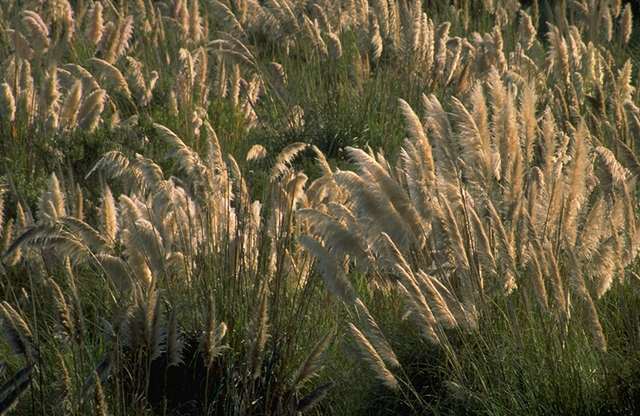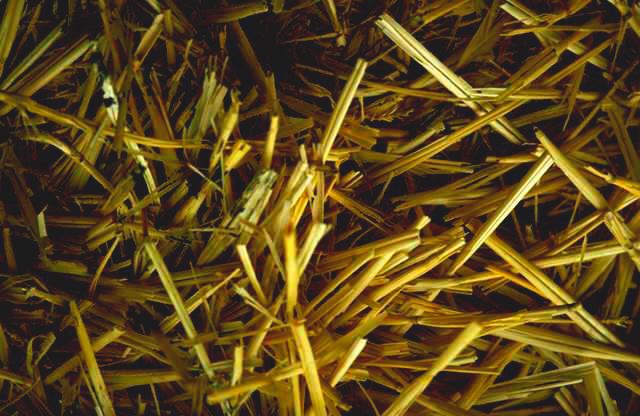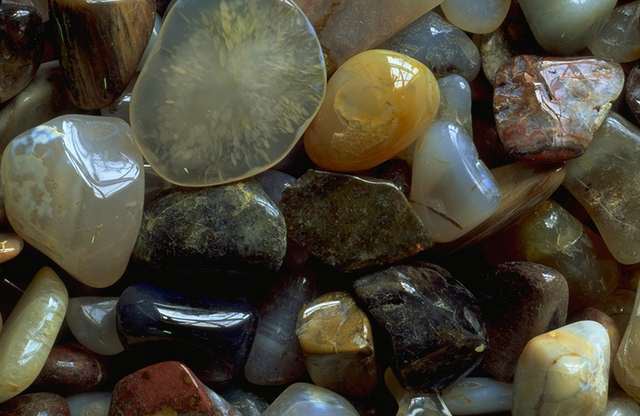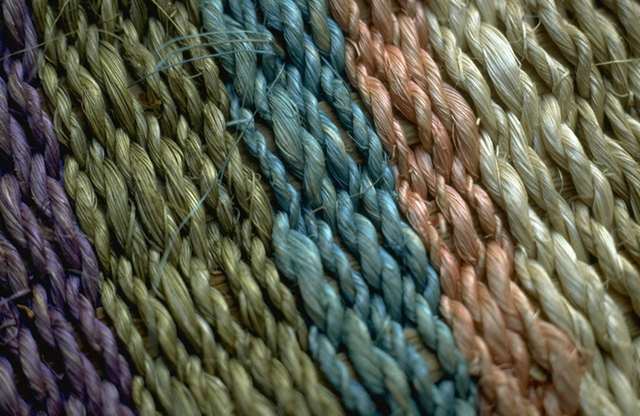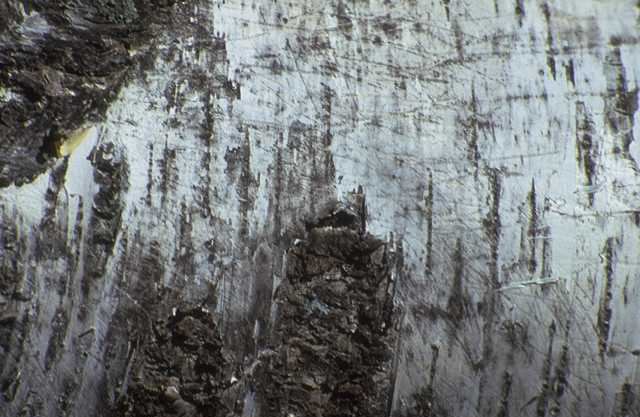A Perfect House for a Free Nomad
The lightest of all buildings, those sheathed with skins, cloth and bark, have a special relationship to light itself. As fine envelopes they are close to the elements and make us profoundly aware of our immediate environment.
Within the familiar the unexpected sometimes lies. Dividers, like a clothes line, can reveal mundane mystical ways we shape our spaces.
The structure in this exhibition is a wedding between the traditional and modern - the yurt and the tent (yurt + tent = yent? turt?).
I am investigating and using discarded materials with minimal technical intervention, and keeping expenses to an absolute minimum.
The idea behind this shelter is that anyone can house themselves with a little ingenuity and some cast-off materials, in this case being discarded baler twine, old clothes, hangers and driftwood. In this project cost is not measured in materials but rather in labour.
This 'yurt' can be assembled by one person, who can also dismantle it, pack it up and move it. It is a perfect house for a free nomad.
The 'yurt' can be made warmer by adding layers of clothes or weather-proofed by adding a layer of raincoats. The structure also implies that you have a large potential wardrobe at your disposal: you can add or remove clothing to wear as you desire. Thus the idea of "sleeping in your clothes" takes on an entirely new meaning when you consider that the 'futon' inside the 'yurt' is also made from baler twine and old clothes."
The possibilities are endless ....
Jude Major
